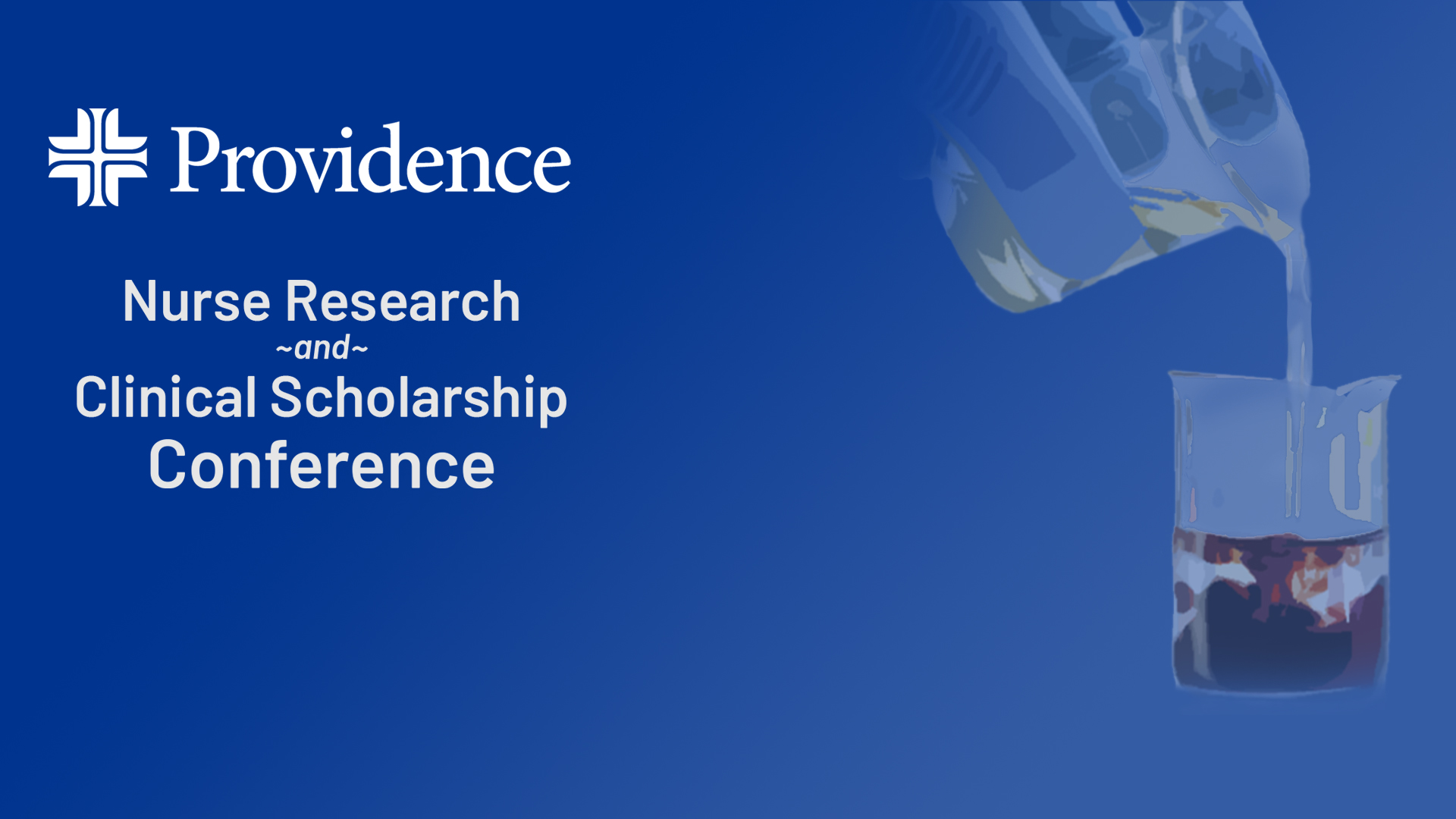
Location
Virtual
Start Date
1-3-2024 8:00 AM
End Date
1-3-2024 3:30 PM
Keywords:
california; plcmmc
Description
Background:
Hospital acquired infections are a nursing sensitive quality indicator used by the public, governmental agencies, and regulatory bodies to determine the caliber of care offered by nursing staff in acute care hospitals. Lower incidences of hospital acquired infections are linked to improved safety and patient outcomes. Historically, a 356-bed community hospital had very low rates of catheter associated urinary tract infections (CAUTIs) prior to 2021, however in the first two quarters of the year, the medical-surgical units saw this number jump from four total in 2020 and 2021 to five in six months.
Purpose:
To reduce the incidence of CAUTIs in patients on acute medical-surgical units.
Methods:
This quality improvement initiative was implemented by nurse leaders and direct care nurses in medical-surgical departments beginning in late August 2022 and ending August 2023. This project focused on making catheter maintenance the priority in preventing CAUTIs. Upon connecting with caregivers, it was apparent that there were differing practices in catheter maintenance and confusion around the correct cleansing product for urinary catheters. To ensure proper cleansing technique and product usage education and a validation process was completed for nursing assistants and registered nurses.
A weekly calendar was created to display shift-by-shift catheter maintenance and posted in patient rooms to give transparency and heightened visibility. The perineal cleansing wipe package is green; thus the maintenance calendar was created bright green in correlation. Upon catheter maintenance the calendar is marked to communicate that routine shift maintenance has been completed.
This visibility allowed the nursing staff to non-verbally communicate about care, and helped to ensure that catheter maintenance was done at least once a shift by making this a focal point during shift change report.
Results:
Since implementation of this project in September 2022 (12 months) there has been one CAUTI on the medical surgical units. Increased visibility of catheter maintenance through a visible calendar has led to decreased CAUTI rates in our patient population.
Conclusions:
Communication about catheter care, and clarity around responsibility of the task has been established between nursing assistants and direct care nurses. Education and validation of correct product usage and techniques for catheter maintenance have also led to a decrease in CAUTIs.
Implications for Practice:
Utilization of a calendar for catheter maintenance coupled with validation of proper maintenance technique showed decreased incidents of catheter associated urinary tract infections in acute care patients.
Recommended Citation
Whitehead, Katie, "Utilization of Catheter Calendars for CAUTI Reduction" (2024). Providence Nursing Research Conference 2023 – Present. 13.
https://digitalcommons.providence.org/prov_rn_conf_annual/2024/posters/13
Specialty/Research Institute
Hospital Medicine
Specialty/Research Institute
Nursing
Included in
Utilization of Catheter Calendars for CAUTI Reduction
Virtual
Background:
Hospital acquired infections are a nursing sensitive quality indicator used by the public, governmental agencies, and regulatory bodies to determine the caliber of care offered by nursing staff in acute care hospitals. Lower incidences of hospital acquired infections are linked to improved safety and patient outcomes. Historically, a 356-bed community hospital had very low rates of catheter associated urinary tract infections (CAUTIs) prior to 2021, however in the first two quarters of the year, the medical-surgical units saw this number jump from four total in 2020 and 2021 to five in six months.
Purpose:
To reduce the incidence of CAUTIs in patients on acute medical-surgical units.
Methods:
This quality improvement initiative was implemented by nurse leaders and direct care nurses in medical-surgical departments beginning in late August 2022 and ending August 2023. This project focused on making catheter maintenance the priority in preventing CAUTIs. Upon connecting with caregivers, it was apparent that there were differing practices in catheter maintenance and confusion around the correct cleansing product for urinary catheters. To ensure proper cleansing technique and product usage education and a validation process was completed for nursing assistants and registered nurses.
A weekly calendar was created to display shift-by-shift catheter maintenance and posted in patient rooms to give transparency and heightened visibility. The perineal cleansing wipe package is green; thus the maintenance calendar was created bright green in correlation. Upon catheter maintenance the calendar is marked to communicate that routine shift maintenance has been completed.
This visibility allowed the nursing staff to non-verbally communicate about care, and helped to ensure that catheter maintenance was done at least once a shift by making this a focal point during shift change report.
Results:
Since implementation of this project in September 2022 (12 months) there has been one CAUTI on the medical surgical units. Increased visibility of catheter maintenance through a visible calendar has led to decreased CAUTI rates in our patient population.
Conclusions:
Communication about catheter care, and clarity around responsibility of the task has been established between nursing assistants and direct care nurses. Education and validation of correct product usage and techniques for catheter maintenance have also led to a decrease in CAUTIs.
Implications for Practice:
Utilization of a calendar for catheter maintenance coupled with validation of proper maintenance technique showed decreased incidents of catheter associated urinary tract infections in acute care patients.




